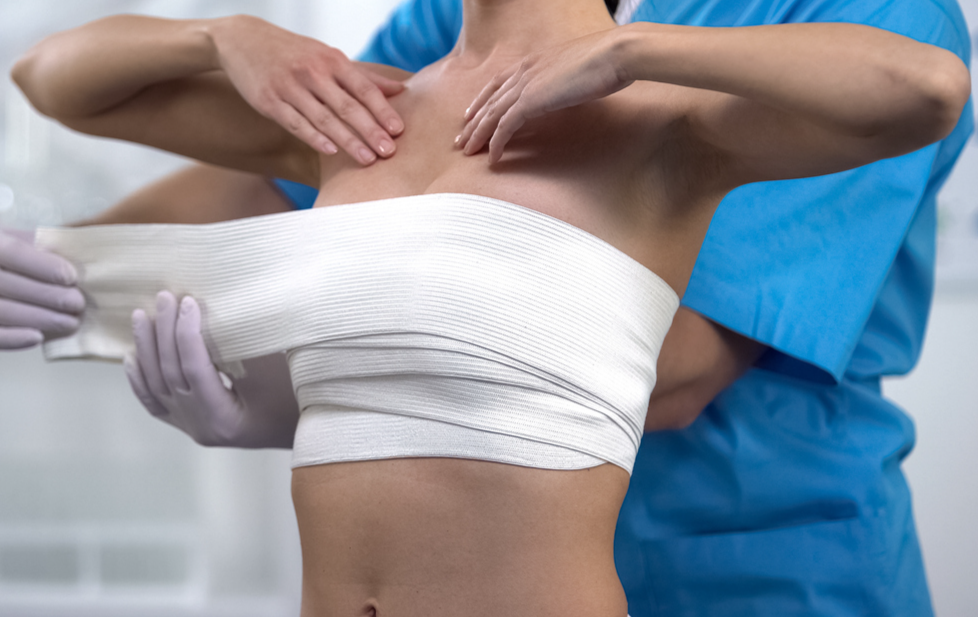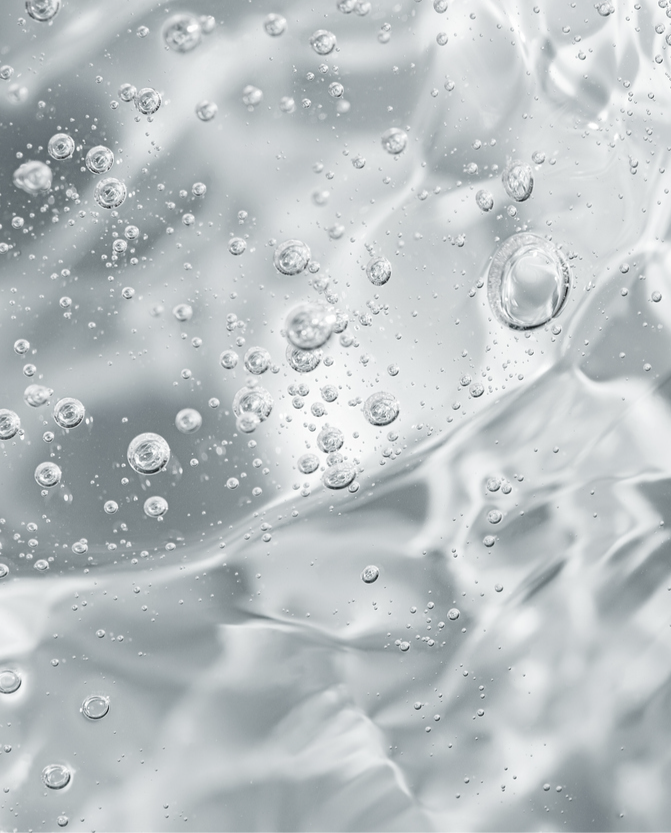Breast reduction surgery is a transformative experience, relieving physical discomfort and enhancing self-confidence. However, it is important to acknowledge the trade-off: the presence of scars on your breasts. In this article, we will explore effective strategies to manage your scars and optimize healing after breast reduction surgery.

What to Expect: Types of Scars from Breast Reduction Surgery
Breast reduction surgery, also known as reduction mammoplasty, involves incisions that will inevitably result in some form of scarring. The pattern and extent of these scars can vary depending on the surgical technique used.
Anchor Scar
The most common technique involves an anchor-shaped incision, which circles the areola, extends vertically down to the breast crease, and then horizontally along the crease.
Lollipop Scar
The vertical or lollipop incision may be used for moderate reductions, leaving a scar around the areola and extending down to the breast crease.
Donut Scar
Minimal reductions might only require a periareolar or donut incision, leaving a circular scar around the areola.
The Healing Process: What Happens to Scars Over Time?
Initial Healing
Scars are most noticeable immediately post-surgery, with redness and a raised appearance. During this period, the body is actively repairing the incision sites, leading to inflammation, an essential component of the healing process. This is your body’s natural response, kickstarting the healing process.
Maturation Phase
Over the next few months to a year, scars typically become paler and flatter as they mature. This transformation results from the remodeling of collagen fibers, the reduction of blood flow to the area as healing needs decrease, and the body's ongoing work to refine and reduce the appearance of scars. During this phase, the scars start to settle down, and with proper care, including possible use of scar treatment creams or silicone sheets, the appearance can be significantly improved.
Final Appearance
After about a year, scars typically reach their final appearance. However, the journey doesn’t end here. Scars will continue to undergo subtle changes and can fade even more over time. Factors such as genetics, skin color, and exposure to sun can affect the final look of scars. It’s important to protect the scars from sun exposure by using sunscreen to prevent darkening. The final scars, ideally, are flat, pale lines that are not immediately noticeable. Nonetheless, they are permanent marks of your body’s amazing ability to heal and a testament to the transformative surgery undertaken.
Minimizing Scars: Tips and Treatments
When it comes to minimizing the appearance of scars after breast reduction surgery, silicone gel stands out as a cornerstone in scar therapy. Here’s why experts like Dr. Kiwanuka highly recommend silicone gel.
The Science Behind Silicone Gel
Silicone gel works through several mechanisms to promote better healing. It dries quickly when applied to the skin to form a thin, waterproof layer. This barrier acts like an extra layer of skin, helping to:
- Hydrate the Scar Tissue: It locks in moisture, preventing the dehydration of the scar, which can contribute to abnormal scar formation.
- Regulate Fibroblast Production: Fibroblasts produce collagen essential for wound healing. However, too much collagen can lead to raised red scars. Silicone gel helps maintain a balance, reducing the likelihood of hypertrophic or keloid scars.
- Protect from Bacterial Infection: It provides a protective barrier that reduces the risk of bacterial infection, which can exacerbate scarring.
- Reduce Itchiness and Discomfort: Silicone gel can help alleviate the itching and discomfort often associated with scar formation as the scar heals.

Clinical Evidence Supporting Silicone Gel
Numerous studies have shown that silicone gel sheets and silicone- based ointments effectively manage scars. Patients who use silicone gel as directed often see a noticeable improvement in their scars' color, size, and texture.
The Practical Benefits of Silicone Gel
Silicone gel is favored for its ease of use and compatibility with daily routines. It’s non-invasive, painless, and can be used on all areas of the skin, including the delicate and curved areas around the breasts. This treatment can be started once the surgical incisions have healed and is typically recommended for several months to ensure the best results.
Steroid Injections
For scars that are particularly raised or itchy, steroid injections may be used to reduce these symptoms.
Laser Therapy
Specific laser treatments can be effective in reducing scar pigmentation and improving texture.
Sun Protection
UV exposure can darken scars, so diligent sun protection is vital, especially within the first year.
The Role of Genetics and Skin Type in Scarring
It's important to note that genetics and skin type play a significant role in how your body heals and how prominent scars will be. Discuss your healing tendencies with Dr. Kiwanuka to better understand what you can expect.
Patient Experiences: Testimonials on Scarring and Healing

Hearing from others who have undergone breast reduction surgery can be reassuring. We've included some testimonials from Dr. Kiwanuka's patients to provide personal insights into the scarring journey.
“I was concerned about scarring, but Dr. Kiwanuka’s skillful work and scar care plan made a huge difference. One year on, my scars have faded significantly.” – A.S.
"Initially, the thought of scarring was daunting, but with Dr. Kiwanuka's meticulous technique and the comprehensive scar management regimen she recommended, my scars have softened and lightened remarkably within a year." – J.P.
"Dr. Kiwanuka's expertise in breast reduction was evident not just in the surgery but also in her aftercare approach. Her personalized scar treatment plan was a game-changer – my scars are now barely noticeable, blending seamlessly with my skin tone." – M.T.
FAQs About Scars and Breast Reduction
Will my scars be visible?
Scars are an inevitable part of breast reduction surgery, but they typically become less noticeable over time and can be concealed beneath most clothing and swimwear.
How can I ensure the best healing for my scars?
Following Dr. Kiwanuka’s post-operative instructions, including proper wound care and attending all follow-up appointments, is essential for optimal scar healing.
Are there any treatments to make my scars less noticeable?
Several treatments can improve scar appearance, including silicone gel sheets, steroid injections, and laser therapy. Dr. Kiwanuka will recommend the best options for you.
Embracing Your New Contours
Scars are a natural part of the healing process after breast reduction surgery, and with the proper care and expectations, they can be managed effectively. Dr. Kiwanuka understands that every patient’s skin and healing process are unique. During consultations and follow-up appointments, she assesses the progress of your scar healing and tailors your scar management plan to ensure you achieve the best possible outcome.


